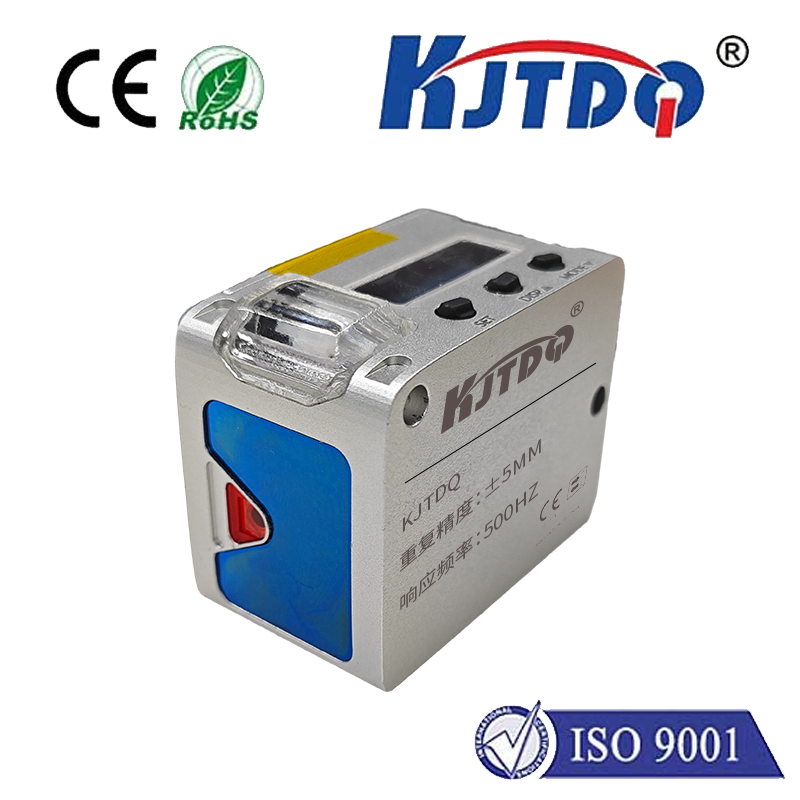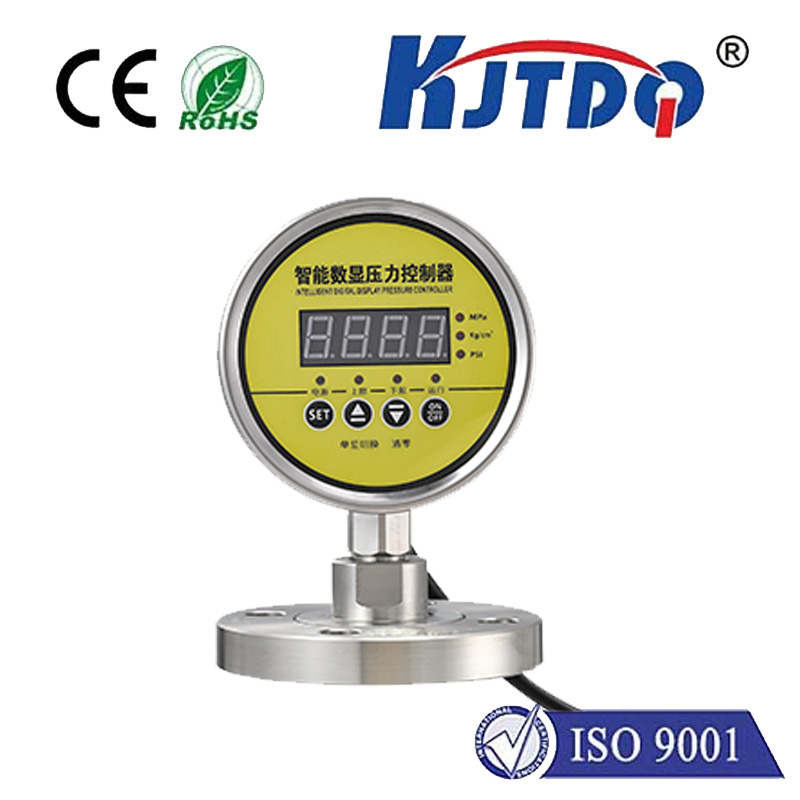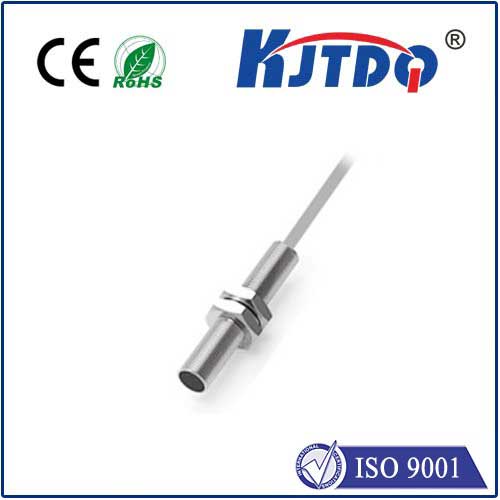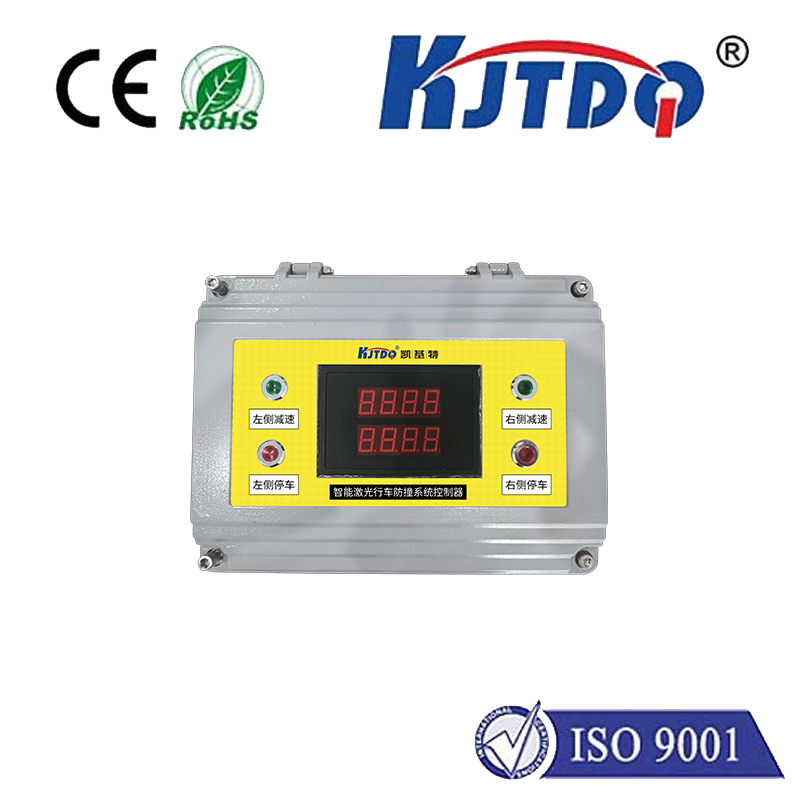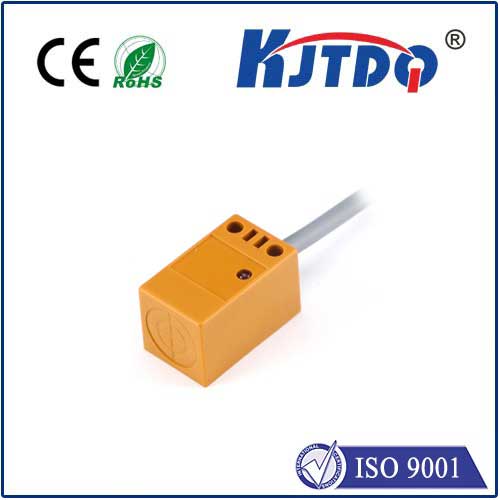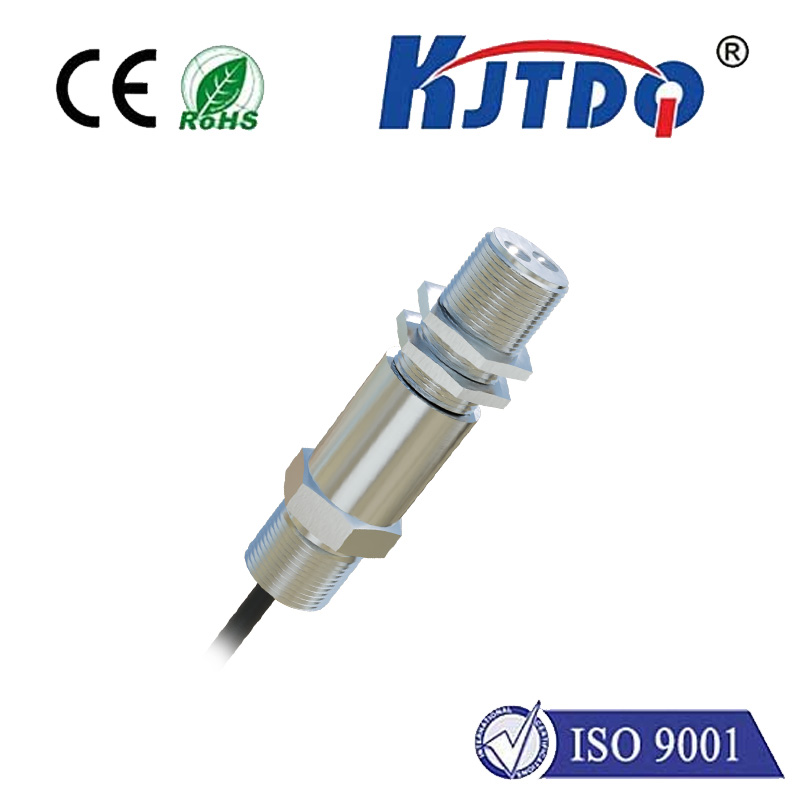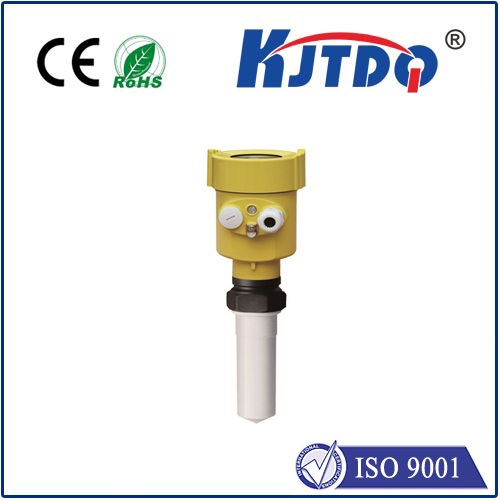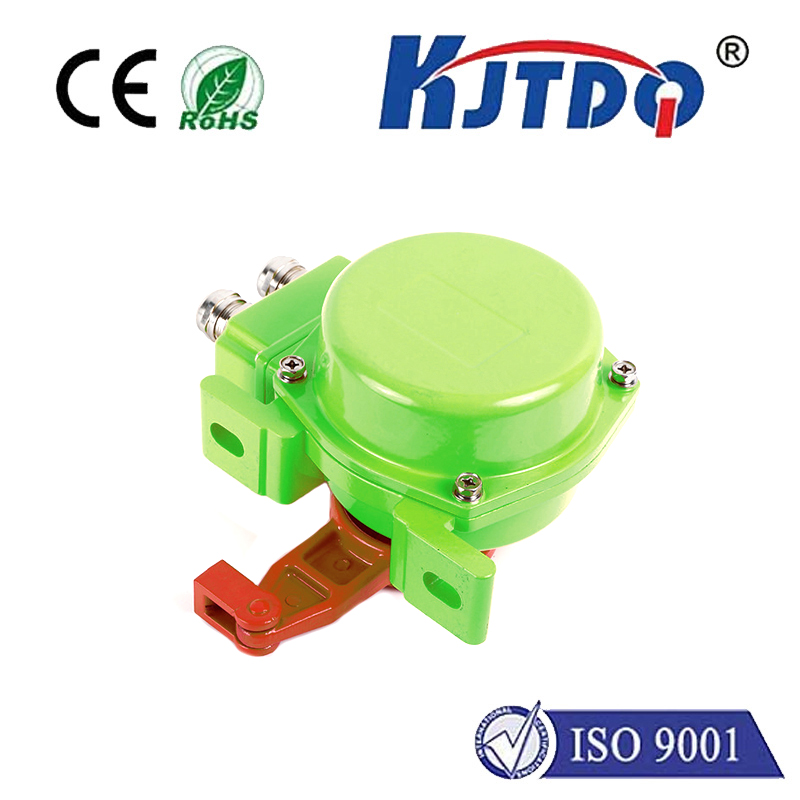E3FA-TP21 5v photoelectric sensor
- time:2025-09-28 00:39:00
- Click:0
E3FA-TP21 5V Photoelectric Sensor: Compact Powerhouse for Industrial Automation
Picture a bustling automated production line: components whizzing by, robotic arms moving with precision, packages zipping towards shipping. Amidst this orchestrated chaos, countless decisions happen in milliseconds. Is the part present? Is it positioned correctly? Has the bottle been filled? Performing these critical detection tasks reliably, efficiently, and often in tight spaces, falls to unsung heroes like the E3FA-TP21 5V photoelectric sensor. This compact device exemplifies how targeted design delivers powerful results, becoming an indispensable component in modern industrial systems demanding low power and versatile sensing.
So, what exactly is the E3FA-TP21? It belongs to the family of photoelectric sensors, devices that detect the presence, absence, or distance of objects using a light beam – typically infrared (IR) in industrial settings like this one. The “TP” designation often signifies Through-Beam type. This means the sensor has two separate units: an emitter that projects the light beam and a receiver positioned opposite. The sensor detects an object when that object breaks the beam traveling from emitter to receiver. Through-beam sensors are renowned for their long sensing ranges, high immunity to ambient light interference, and consistent, reliable detection – even of small, transparent, or oddly shaped objects that might challenge other sensing methods.

The defining specification highlighted in its name – “5V” – is far more than a minor detail; it’s a core feature defining its application niche. Unlike the more common industrial sensors running on 12-24V DC, the E3FA-TP21 operates on a low 5V DC power supply. This brings significant advantages:
- Microcontroller/Direct Logic Compatibility: It allows the sensor to interface directly with 5V microcontroller boards (like Arduino, Raspberry Pi), Programmable Logic Controllers (PLCs) with 5V input cards, or other low-voltage logic circuits without requiring intermediate level-shifters or amplifiers. This simplifies wiring and reduces component count.
- Low Power Consumption: Operating at 5V inherently implies lower power draw, making it ideal for applications where power budgets are tight or battery operation is a consideration (though industrial through-beam might draw more than tiny proximity sensors).
- Embedded Systems Integration: The 5V operation makes it exceptionally well-suited for integration into custom embedded systems, test fixtures, laboratory equipment, and educational robotics projects where a higher voltage industrial supply might be impractical or unavailable.
- Safety in Sensitive Environments: While not intrinsically safe, the lower voltage can be preferable in specific low-energy circuit contexts or non-hazardous but sensitive environments.
Beyond its voltage rating, the E3FA-TP21 packs features tailored for demanding industrial use:
- Compact Design (“E3FA” Series): The Omron E3FA series is known for its space-saving housing, crucial for fitting into densely packed machinery or tight mounting positions where larger sensors simply won’t fit.
- Reliable Through-Beam Detection: Offers longer sensing distances compared to diffuse or retro-reflective types within its voltage class, providing excellent immunity to object color, surface finish, or ambient light variations. Detection is based purely on beam interruption.
- PNP Output Configuration: Most variants feature a PNP (sourcing) transistor output. When an object is detected (beam blocked), the output transistor switches, connecting the output line internally to the positive supply voltage (5V in this case). This is a common and versatile output type compatible with many controllers.
- IP67 Protection Rating: This signifies robustness against dust ingress (IP6x) and protection against temporary immersion in water (IPx7). This resilience is vital for enduring washdowns, coolant splashes, or just the general grime of a factory floor.
- Quick-Connect Cables (Common): Often utilizes M8 or M12 quick-disconnect connectors, simplifying installation, maintenance, and replacement.
Where does the E3FA-TP21 5V Photoelectric Sensor truly shine? Its combination of low-voltage operation and robust through-beam performance unlocks unique applications:
- Embedded Automation & Prototyping: Directly connecting sensors to Raspberry Pi, Arduino, or custom microcontrollers for automated test rigs, proof-of-concept prototypes, and small-scale automation projects without complex power conversion.
- Precision Equipment & Instrumentation: Inside laboratory analyzers, medical devices, semiconductor handling equipment, or high-precision manufacturing tools where 5V logic is standard and reliable object detection is critical.
- Packaging & Small Parts Handling: Detecting tiny components on vibratory feeders, verifying the presence of pills in blister packs, or confirming cap placement on bottles – its reliable detection handles small objects well.
- Conveyor & Material Handling (Low Voltage Zones): Ideal for object counting, jam detection, or presence verification on conveyor sections powered by low-voltage control systems or integrated within modular units.
- Robotics (Educational & Light Industrial): Perfect for object detection tasks on robotic arms or mobile platforms in academic settings and lighter collaborative robot (cobot) applications where 5V supplies are readily available.
- Clean Environments: Its sealed construction (IP67) makes it suitable for applications requiring periodic washing or higher levels of environmental control.
Maximizing the reliability of your E3FA-TP21 hinges on correct installation and use:
- Stable 5V Power: Ensure a clean, regulated 5V DC power supply capable of delivering the sensor’s required current. Voltage drops or noise can impair performance.
- Precise Alignment: Through-beam sensors demand meticulous alignment between the emitter and receiver units. Use mounting brackets designed for adjustment. A laser alignment aid, common in many through-beam sensors, simplifies this critical step. Even slight misalignment drastically reduces sensing range or prevents detection.
- Environmental Considerations: While IP67-rated, avoid direct high-pressure jets onto the lens or prolonged submersion beyond specification limits. Keep lenses clean for optimal performance.
- Output Wiring: Connect the PNP output correctly to your controller’s input. Understand if the controller input requires a pull-down resistor for a PNP sensor (many do). Pay attention to the datasheet for specific wiring colors (e.g., Brown = +V, Blue = 0V, Black = Output).
- Check Polarity: Although many modern sensors feature reverse polarity protection, always connect the supply wires (Brown/Blue) correctly to avoid potential damage.
In the intricate dance of modern automation, sensors are the vital senses providing critical feedback. The E3FA-TP21 5V Photoelectric Sensor carves out a distinct position by seamlessly merging robust, reliable through-beam detection capabilities with the specific demands of low-voltage (5V DC) systems. Its compact yet durable IP67 housing ensures it thrives in challenging industrial settings. For engineers and designers integrating automation with microcontrollers, PLCs using 5V inputs, or building sophisticated embedded systems requiring dependable object detection, the E3FA-TP21 presents a powerful, purpose-built solution. It demonstrates that targeted engineering – focusing on core needs like voltage compatibility and reliable sensing – delivers components that become fundamental, reliable pillars of efficient and innovative automated processes. By understanding its strengths and proper application, you unlock a versatile sensing tool perfectly adapted for the evolving landscape of integrated, lower-voltage industrial solutions.






